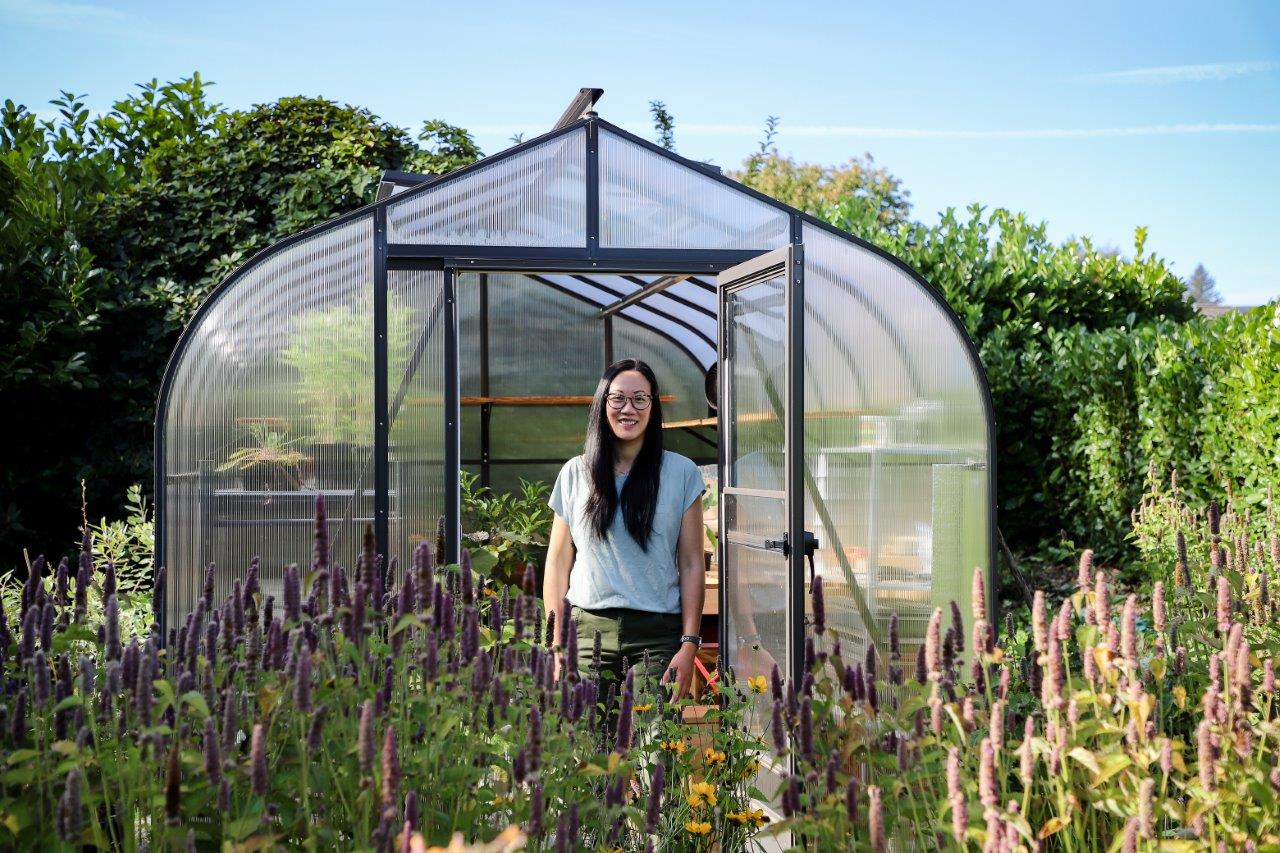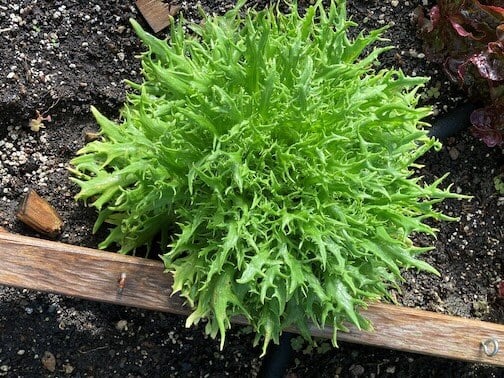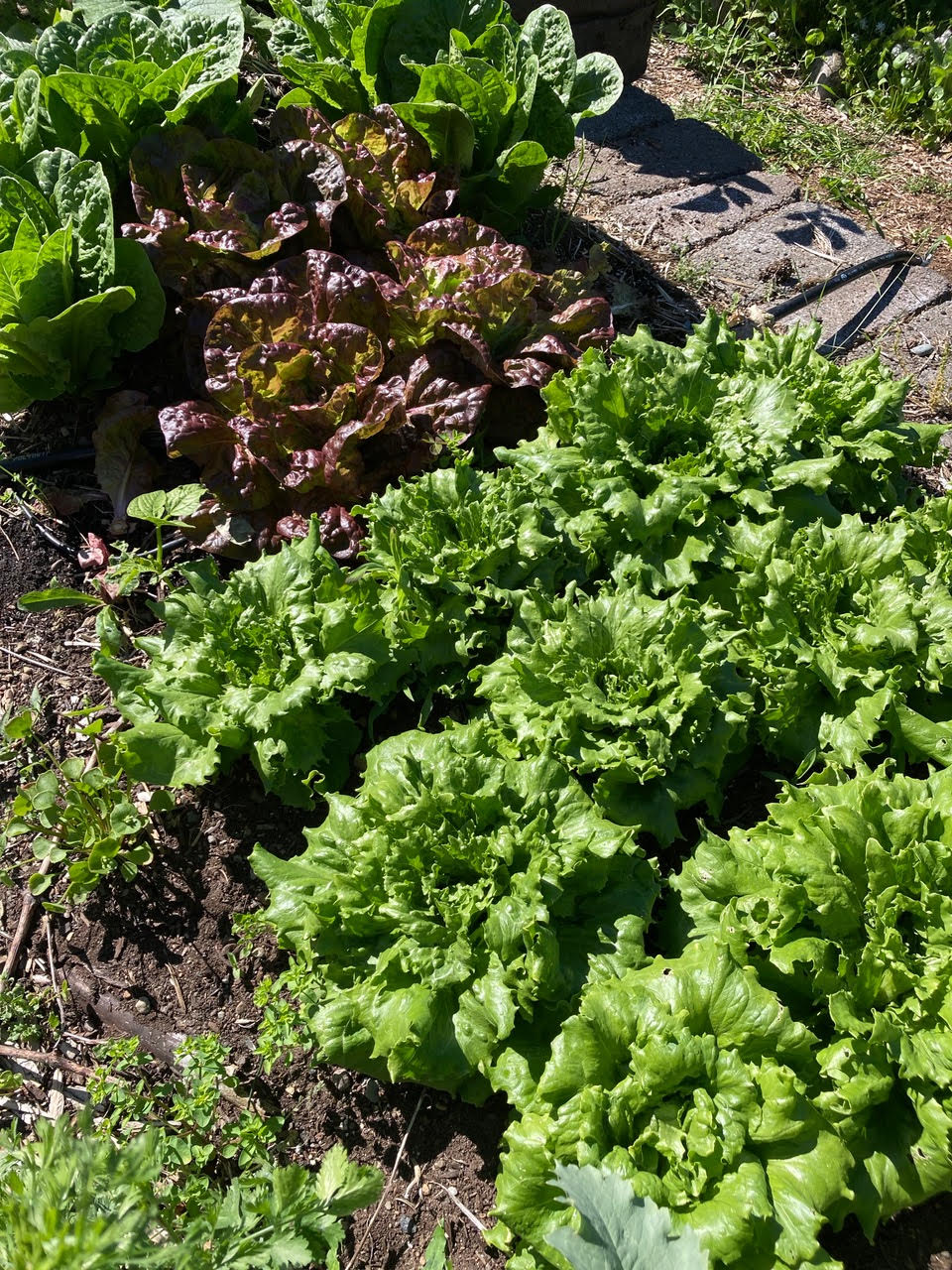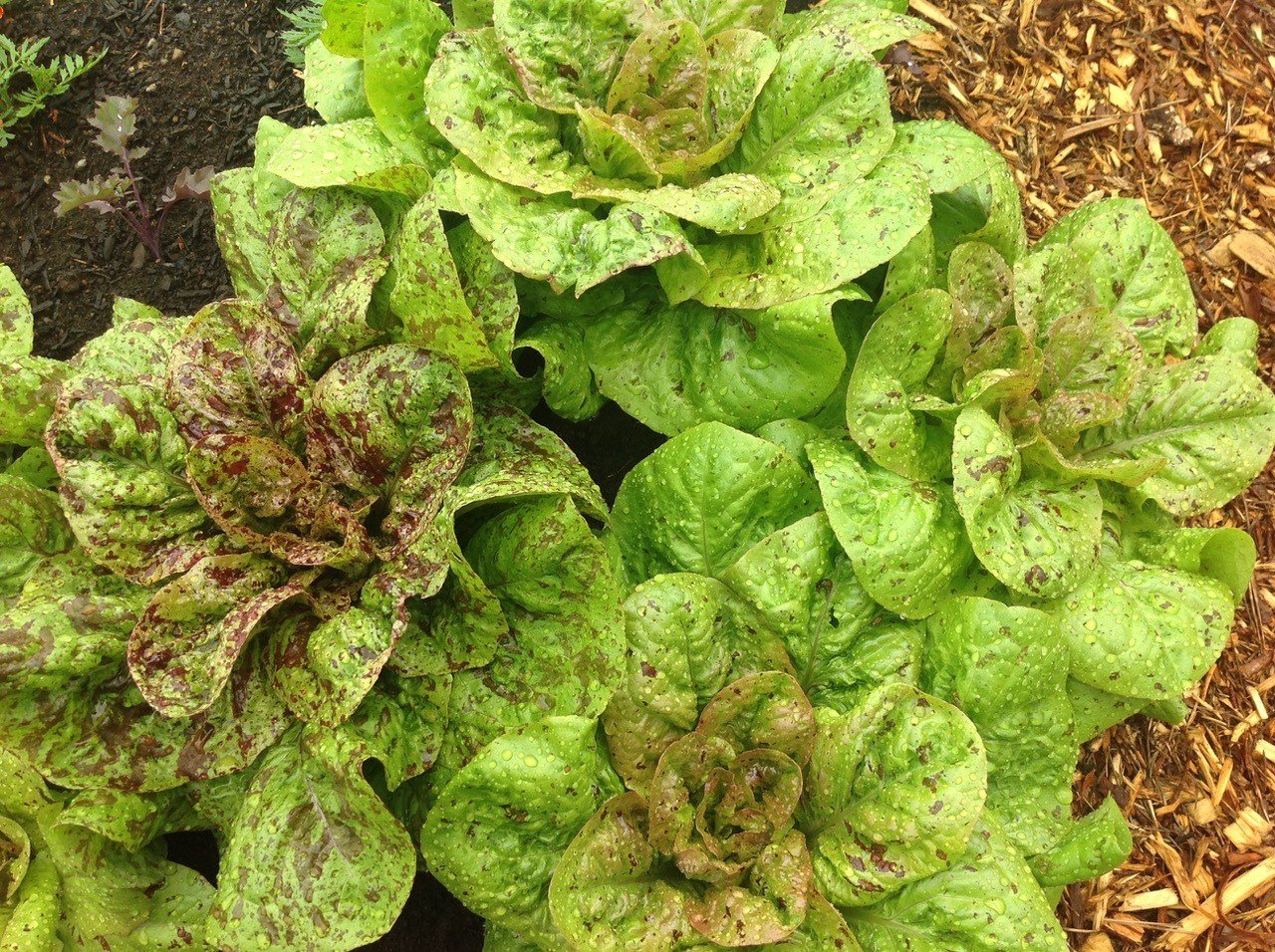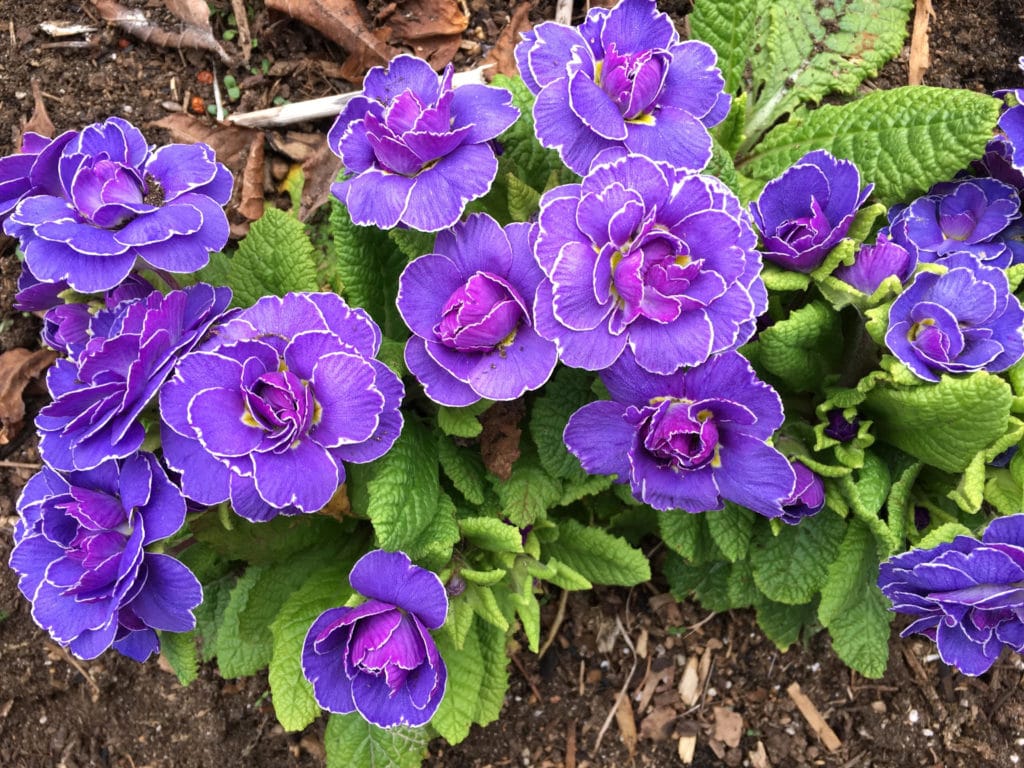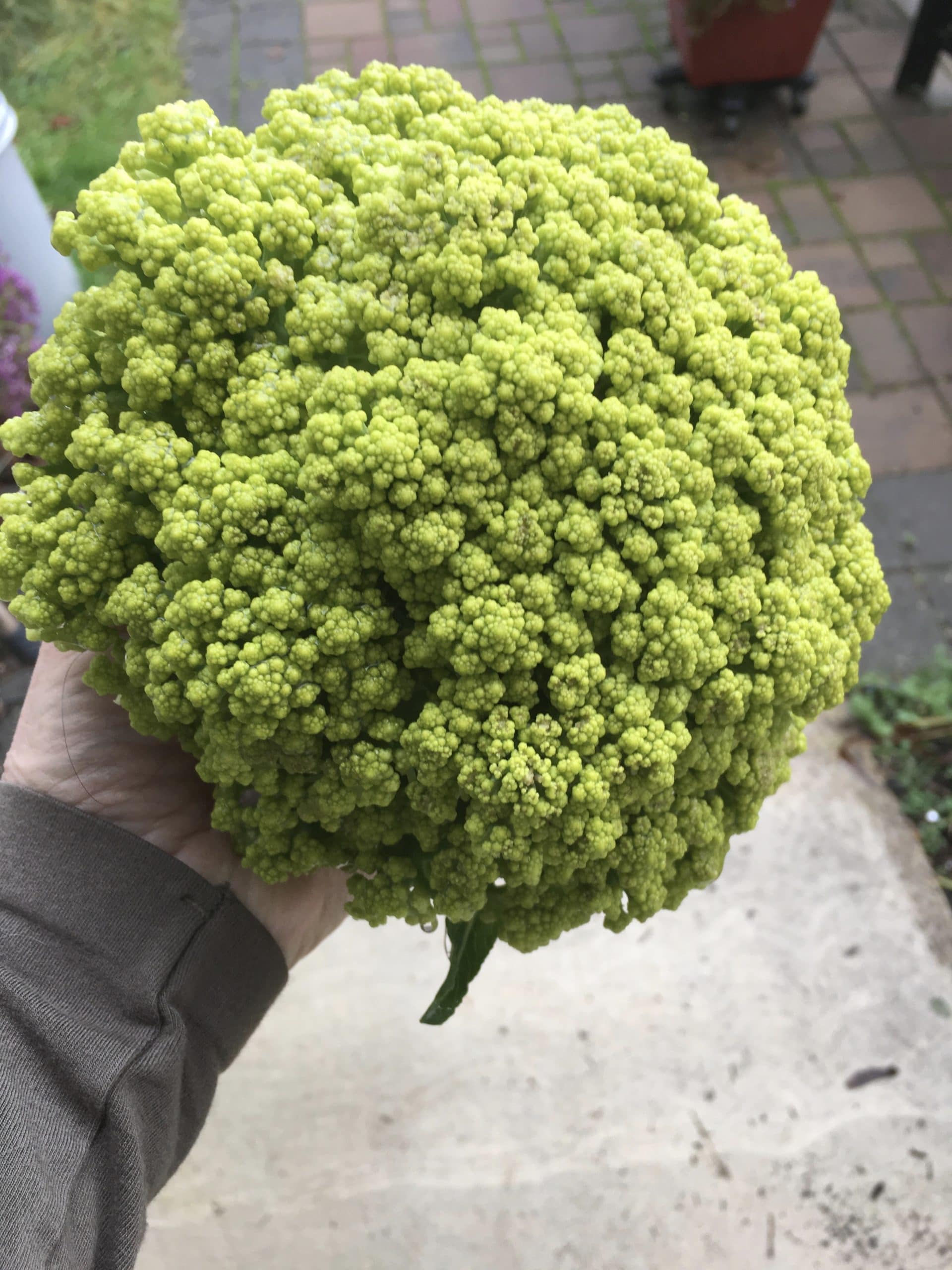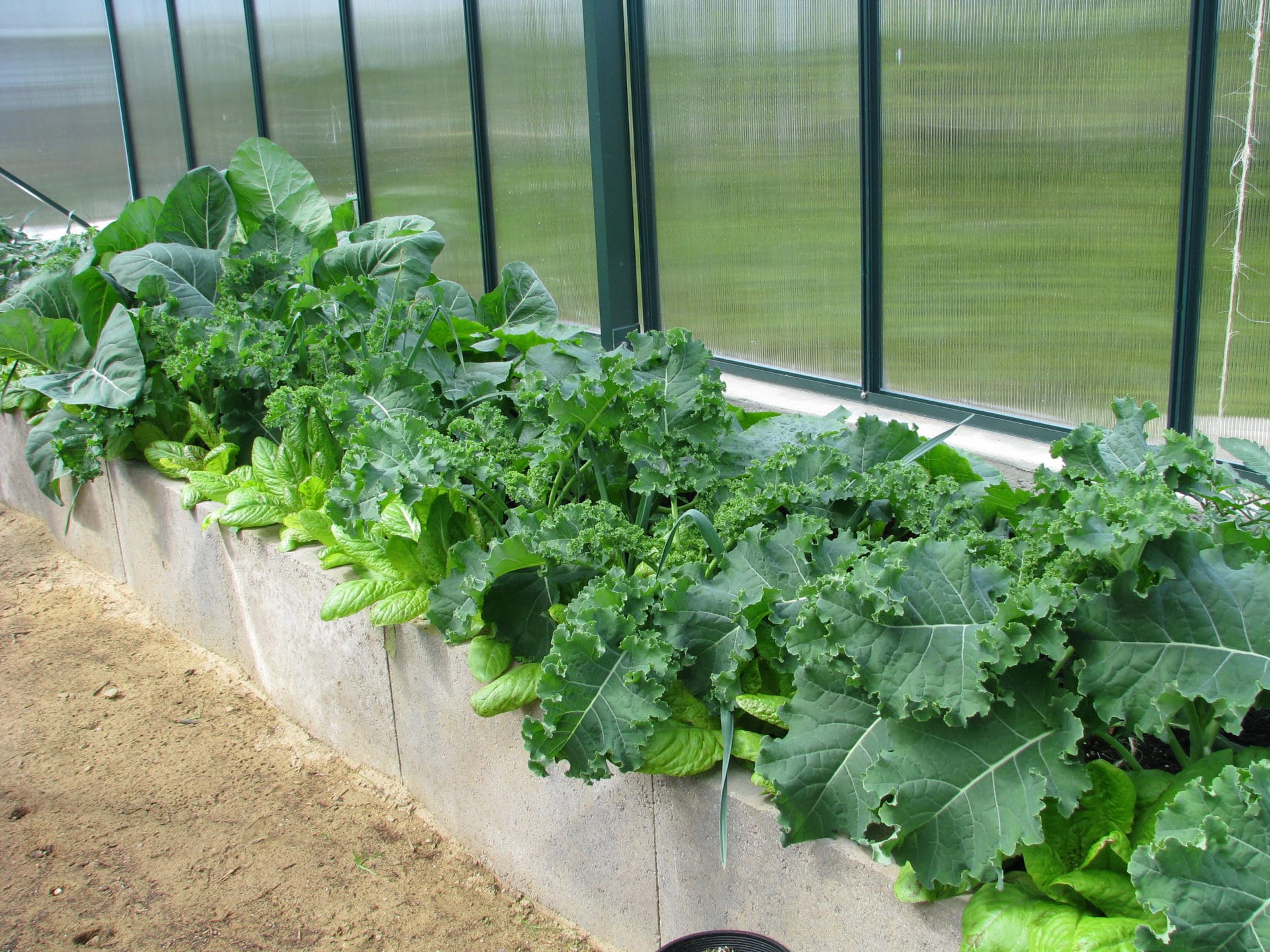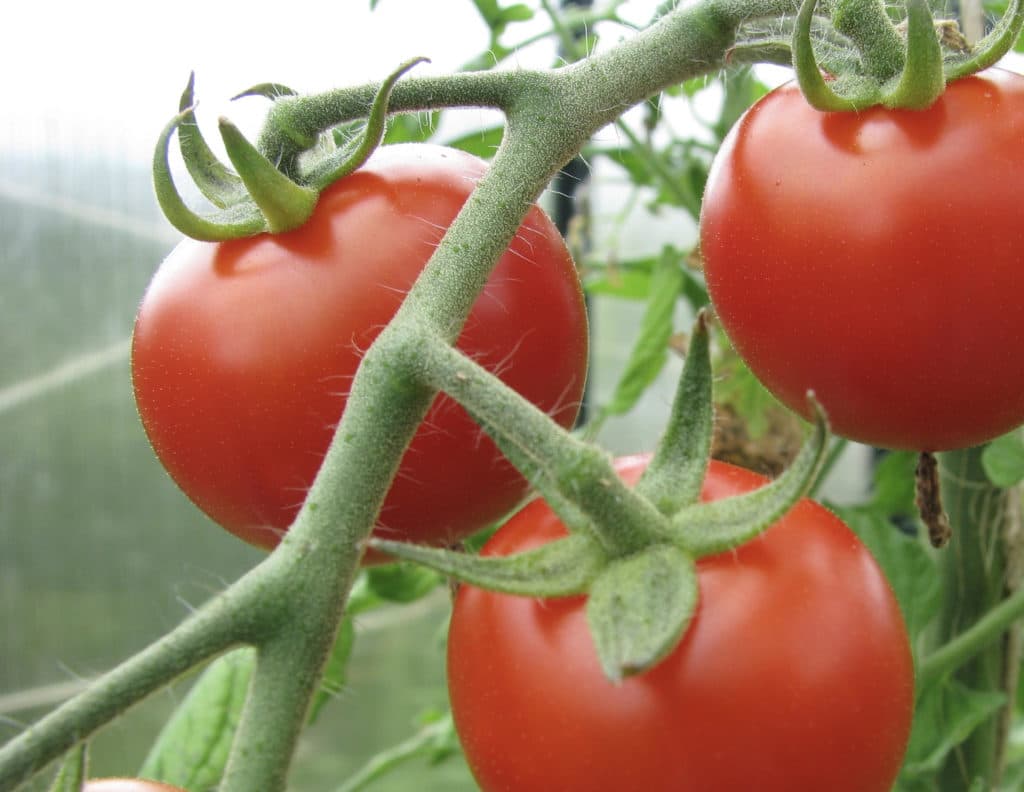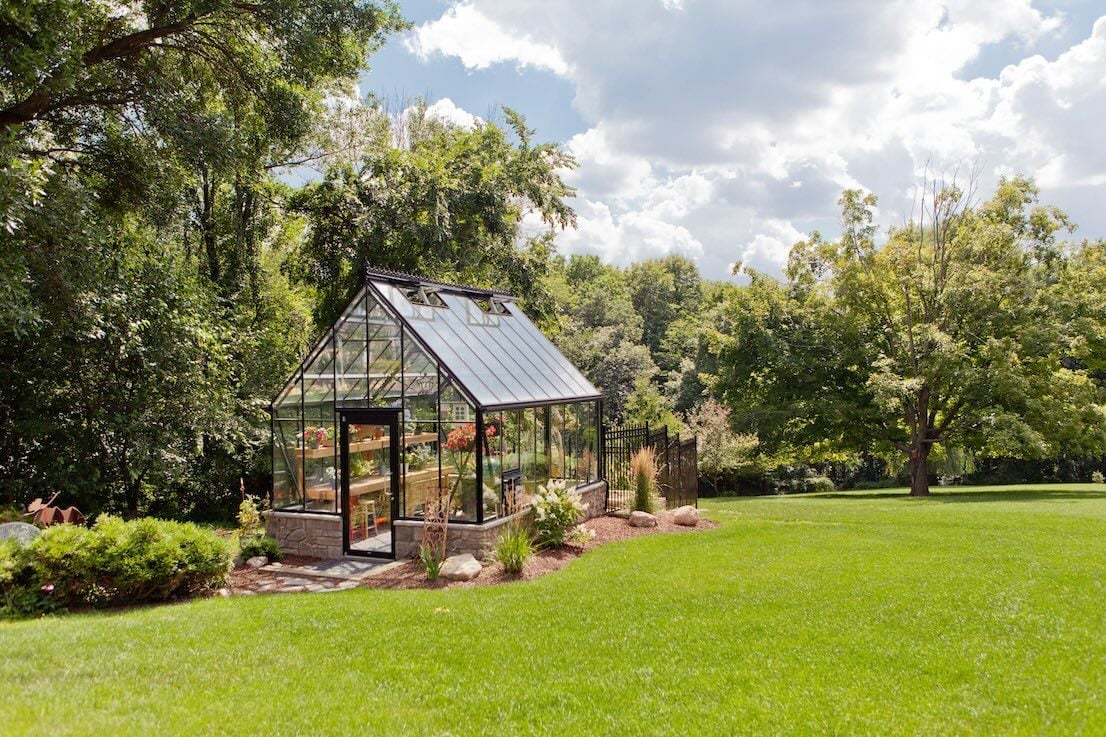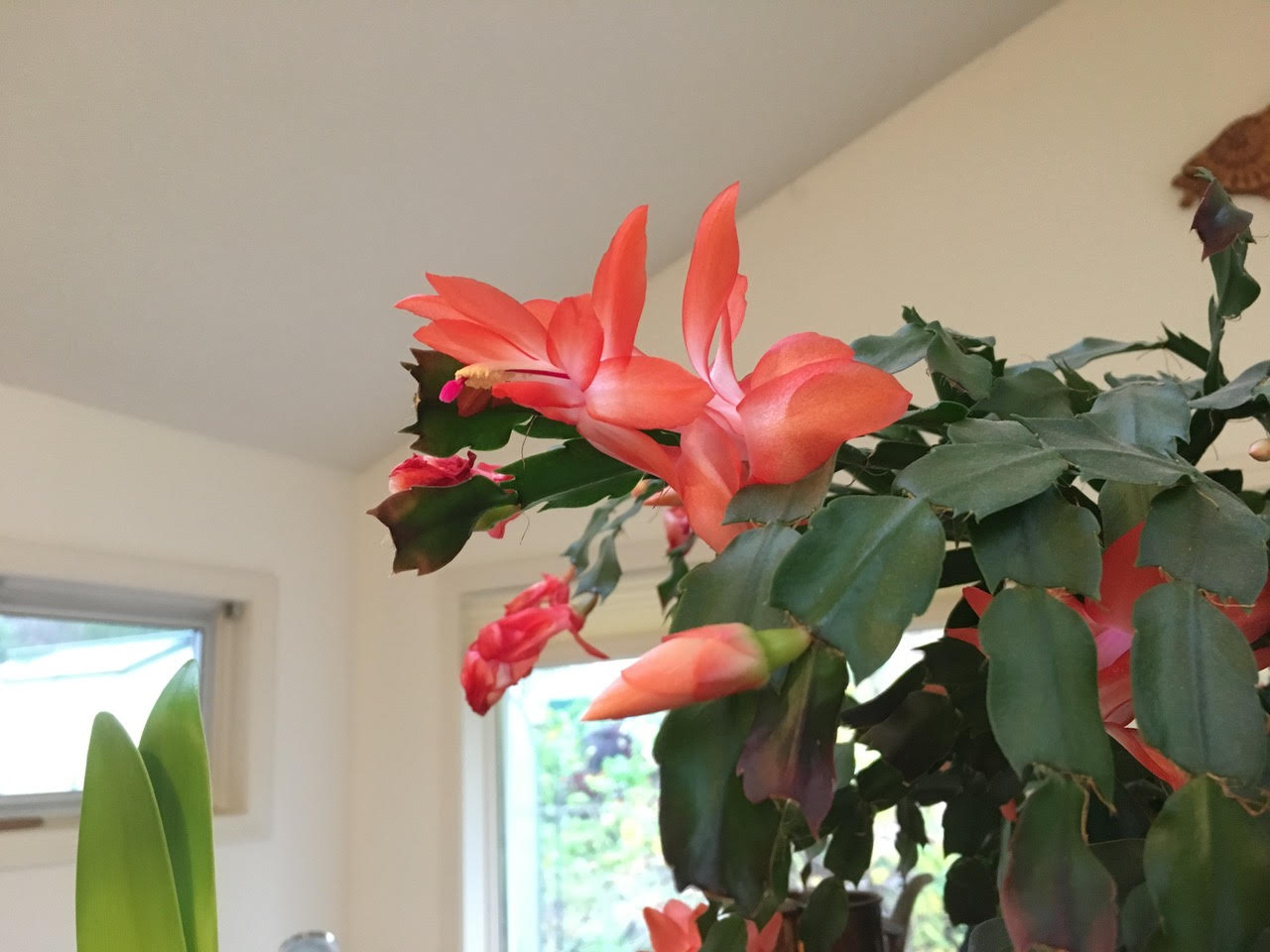What Are the Tips for a Successful Backyard Greenhouse?
Quick Answer:
What Are the Tips for a Successful Backyard Greenhouse?
Choosing the right greenhouse—like the durable, low-maintenance Pacific model with insulated polycarbonate glazing—and situating it for optimal sunlight and access to utilities is key to success. Keeping the interior organized with ample shelving, vertical space, and a simple layout promotes healthy plant growth by improving airflow and reducing pests. Efficient heating strategies such as bubble wrap insulation and partition walls help maintain warmth cost-effectively, making year-round gardening achievable and enjoyable.
Why I Chose the Pacific Greenhouse
When it comes to my gardening journey, there's one thing I can't imagine living without: my Pacific greenhouse. Now in my third year with this model, I am so happy with my choice. The curved roof adds a touch of attractiveness to my front garden, and also has the added bonus of shedding snow and debris with ease. I can't recall ever needing to sweep anything off the roof, which is a huge time-saver.

